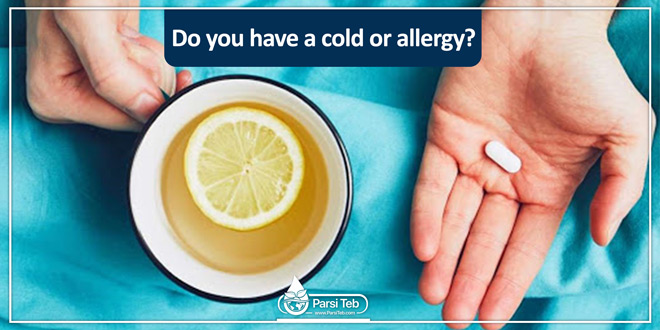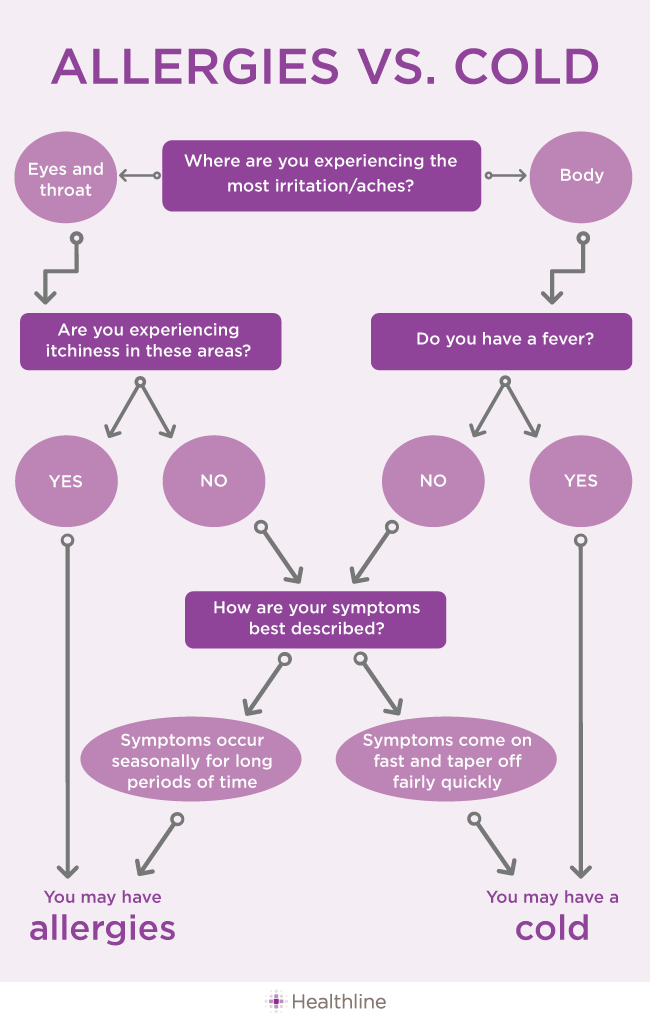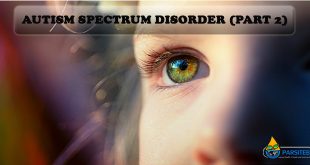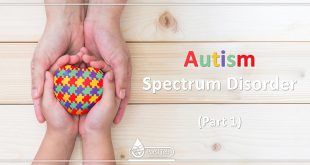cold or allergy: Too often when someone has the sniffles, others assume that they are contagious. However, those sniffles are often caused by something not contagious at all. For those suffering from congestion, runny nose, sneezing, and coughing, a cold may be the first thought, but these are also signs of allergies. Learn the differences between allergies and a cold so you can find the right relief fast.
What Is a Cold?
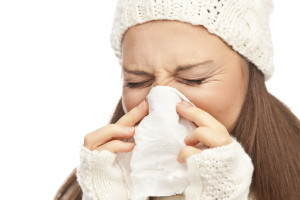 Also known as “the common cold,” a cold is a virus. According to the Mayo Clinic, there are
Also known as “the common cold,” a cold is a virus. According to the Mayo Clinic, there are
more than 100 different types of cold viruses. So while symptoms and severity may vary, colds generally share some of the same basic characteristics.
Below are the key features of this common illness:
- Colds may be passed through the air from coughing and sneezing, as well as through touch.
- Most common symptoms include cough, sore throat, and a runny, stuffy nose.
- Sneezing and itchy eyes are less common symptoms.
- More severe colds can cause fevers and body aches.
- Recovery is usually quick — in fact, the National Institute of Allergy and Infectious Diseases (NIAID) estimates that the average duration is 7 to 10 days.
- If symptoms last more than a week or two, the cold may have progressed into an infection.
- People with allergies are sometimes more prone to catching colds.
Despite its name, you can catch a “cold” any time of year. NIAID estimates that the average healthy adult catches two to three colds per year. Young children may get more colds because of their weaker immune systems.
What Are Allergies?
 Allergies occur when your immune system has an adverse reaction to certain substances. Upon exposure to triggers, the immune system releases chemicals called histamines. While intended to fight off perceived intruders, the release of histamine is actually what causes allergy symptoms.
Allergies occur when your immune system has an adverse reaction to certain substances. Upon exposure to triggers, the immune system releases chemicals called histamines. While intended to fight off perceived intruders, the release of histamine is actually what causes allergy symptoms.
The following are the facts you need to know about allergies:
- Some of the symptoms are similar to colds, such as sneezing, sore throat, coughing, runny nose, and congestion.
- Sore throat in allergies is most often caused by postnasal drip.
- Allergies can also cause rashes and itchy eyes.
- Fevers and body aches are not signs of an allergy.
Seasonal allergies are most common, but you might also be allergic to certain substances year round. Allergy triggers may include:
- pollen from trees, grasses, or weeds
- dust mites
- animal dander
- mold
- foods (such as tree nuts, milk, and eggs)
You can tell you might suffer from allergies instead of a cold by the duration of your symptoms — they won’t go away without treatment or removal from the original trigger.
Treating the Common Cold
Since they are viruses, colds themselves are not treatable. Still, there are medications that can help alleviate your symptoms while a cold runs its course. These include:
- cough syrups (these are not recommended for children under the age of two)
- decongestant sprays (only use for a few days — these are also not recommended for children)
- pain relievers, such as acetaminophen (Tylenol) or ibuprofen (Advil)
- multi-symptom cold relief medicines (such as DayQuil)
Make sure you ask your doctor before taking any over-the-counter cold medications, especially if you take any prescription medications or if you have any underlying health conditions. No cold medications should be used for an extended period of time. Doing so can cause side effects, such as liver damage.
There are also lifestyle remedies you can try that are free of the risk of side effects. Some of the options include:

- drinking a lot of water, juice, and herbal tea (avoid caffeine)
- using saline nasal sprays
- gargling with salt water
- using a humidifier
Antibiotics don’t work for colds, since they are viruses. If a cold progresses to a sinus infection, however, an antibiotic may be used.
Allergy Treatments
Unlike a cold, treatments are available for allergies. Antihistamines (such as Allegra, Benadryl, and Zyrtec) tend to be the first line of allergy treatment. These work by blocking histamine reactions to allergens, thereby reducing symptoms. Be aware that some antihistamines can cause drowsiness — either look for a non-drowsy formula, or consider taking them at night only.
In more severe cases, an allergist might prescribe a decongestant to help alleviate sinus congestion from allergy symptoms. These work by breaking up the congestion and drying up the sinuses. The caveat is that these can actually cause congestion to worsen if taken over a long period of time. Decongestants are sold under the brand names Sudafed, Mucinex, and Claritin-D.
As with cold symptoms, saline sprays and humidifiers can help alleviate certain allergy symptoms.
Outlook
While some of the symptoms of allergies and colds are similar, these are two very different health conditions. Knowing the difference can help you obtain the right treatment so you’ll be on your way to feeling better sooner rather than later. Any allergy or cold symptoms that don’t get better with treatment should be looked at by your doctor to rule out any possible infections. For instance, a sinus infection (sinusitis), can occur when bacteria causes the sinuses to become infected. This can be brought on by either a cold or allergies — both of which cause mucus to build up in the sinus cavities and create blockages.
Those suffering from sinus infections will likely be prescribed antibiotics to help fight the infection, as well as decongestants to reduce symptoms. You should also seek medical attention if you have colored phlegm or a high fever.
Reference:
http://www.healthline.com/
 Parsi Teb Physical and Mental Health Journal
Parsi Teb Physical and Mental Health Journal 